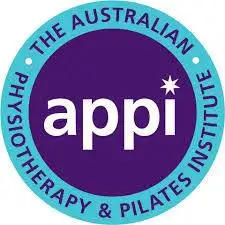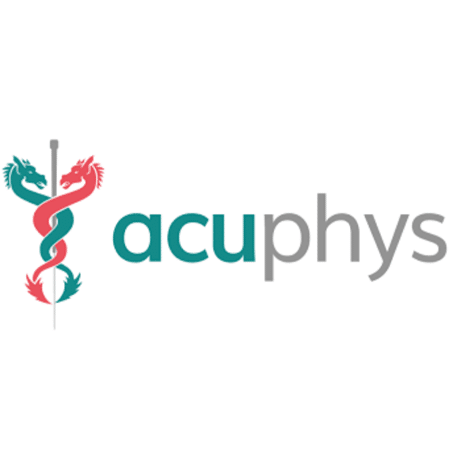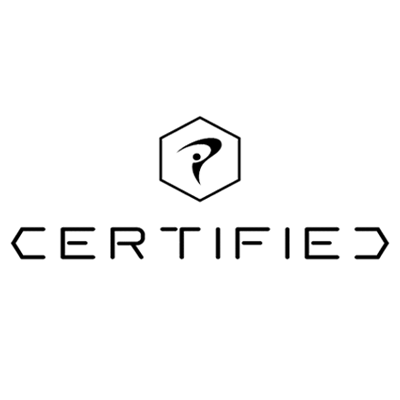Sciatica
What is it?
Sciatica is a condition in which someone experiences pain in their back, deep in their buttock and also commonly down the back or side of their leg.
The sciatic nerve is a thick nerve that comes from your lower back and runs down the back side of your leg. It is responsible for providing power to big muscle groups like your glutes (buttock), hamstrings (back of the thigh) and calves as well as your foot muscles. Left untreated, Sciatica can be extremely painful and debilitating.
How does it show up in your life?
Pain putting socks and shoes on
Housework often flares your pain and is a real chore
Painful looking after and playing with your kids/grandkids
You need to lie down to relieve pain
Sitting with feet up makes pain worse
You are always reaching for the next painkiller
Where you might feel pain?
Pain deep in your buttock and radiating down your leg into your calf
Can be experienced in the leg without back pain
Can be felt in the lower leg (calf and foot) without back pain
How it might feel?
Constant or intermittent pain (comes and goes)
Dull or aching and worse at night
Sharp, shooting, stabbing or burning pain
Pins and needles, tingling, numbness
Why do I get Sciatica?
Discs
Sciatica can be caused by a number of factors but one of the most common causes includes a disc herniation (or disc bulge), in which the inner part of the disc begins to press on the sciatic nerve. This compression causes the nerve to become painful. More can be read about discs on the Low Back Pain page (link).
Joints
Other causes of sciatica include inflammation of the joints of your lower back (facet joints). As the sciatic nerve exits your spine, it exits from a hole between the two joints and is therefore in very close proximity to these joints. The joint inflammation can therefore cause aggravation of the nerve.
Why do facet joints become inflamed?
Again, there are a number of reasons but one of them is normal age-related changes that develop such as Osteoarthritis. In this condition the smooth cartilage that lines the joint begins to break down and as a result becomes rougher. As it does this, it narrows the space in which the nerve exits the spine meaning the nerve can be compressed and become painful.
Other causes of Sciatica:
Stenosis. This is where we begin to lose height in between each level of the spine (vertebrae), which narrows the space in which the sciatic nerve exits. This reduction in space can cause compression of the nerve and subsequent pain.
Another main factor is prolonged postures… sitting all day puts the joints of the back into a compressed position, which over time can cause the joint to become inflamed.
Other factors include poor core strength, a lack of spinal and hip mobility and problems further away from the back in areas like the knees and ankles.

How do we treat Sciatica?
We use our 4-step system to assess and treat sciatica as outlined below. This ensures you have the best possible chance of getting better and the problem not returning in future.
1) Assess
First we listen to you and take a detailed history of your pain and problem. Then we assess your back, hips and lower legs using simple movement tests and screens.
We then explain your likely diagnosis and proposed treatment plan of exactly what we need to do to get you better.
2) Mobilise
Soft tissue massage and mobilisation
Joint mobilisation
Acupuncture and Dry Needling
Muscle Energy Techniques
Taping
Advice around lifestyle, posture and ergonomics.
3) Strengthen
Once pain has begun to settle and we are moving in the right direction, the emphasis shifts to helping you build the necessary strength and resilience of muscles and joints in order to get those long-lasting results. We work with you 1:1 in our dedicated rehab space and/or start you in our group PhysioFit Pilates classes.
4) Optimise
Note: Most people don’t need scans but if during the assessment or subsequent treatment sessions we decide your condition does need further investigation like an X-ray or MRI, we have the facilities to refer you privately if you wish. Usually, we can get this organised and have a result within 3-5 days.
How do I get started?
Like to speak to someone first?
No problem, please call the main desk and if needed we can have a physio call you back to discuss your specific situation.
Testimonials
What Our Clients Say





